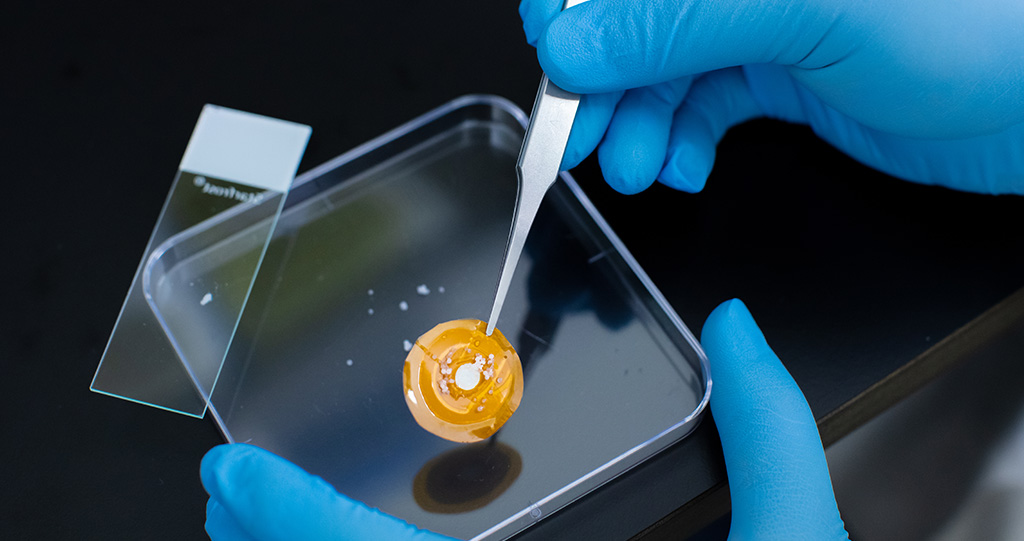


06 October, 2022
Ultrathin polymer-based ordered membranes that effectively remove salt from seawater and brine could provide a promising alternative to existing water desalination systems, a KAUST-led team demonstrates.
“Water desalination membranes should simultaneously exhibit high water flux and high salt rejection,” says Yu Han, who led the study. Carbon nanomaterials, such as carbon nanotubes and graphene, are expected to meet these requirements because of their unique surface chemistry and propensity to stack into channels with diameters smaller than one nanometer. Yet, channel alignment and stacking difficulties make their large-scale use in membranes challenging.

“One way to address these limitations is through two-dimensional porous carbonaceous membranes with regular and uniformly distributed subnanometer-sized molecular transport channels,” says first author Jie Shen, a postdoc in Han’s group. However, these membranes are typically synthesized in solution, which promotes the random growth of a disordered three-dimensional structure with poorly defined micropores.
Yu Han, Vincent Tung, Ingo Pinnau and former KAUST scientist Lance Li, who is now at the University of Hong Kong, have developed a method that helps control the growth of two-dimensional conjugated polymer frameworks into ultrathin carbon films using chemical vapor deposition.

Read full story at KAUST DISCOVERY:
https://discovery.kaust.edu.sa/en/article/1279/taking-salt-out-of-the-water-equation
Shen, J., Cai, Y., Zhang, C., Wei, W., Chen, C., Liu, L., Yang, K., Ma, Y., Wang, Y., Tseng, C.-C., Fu, J.-H., Dong, X., Li, J., Zhang, X.-X., Li, L.-J., Jiang, J., Pinnau, I., Tung, V. & Han, Y. Fast water transport and molecular sieving through ultrathin ordered conjugated-polymer-framework membranes. Nature Materials (2022).| article